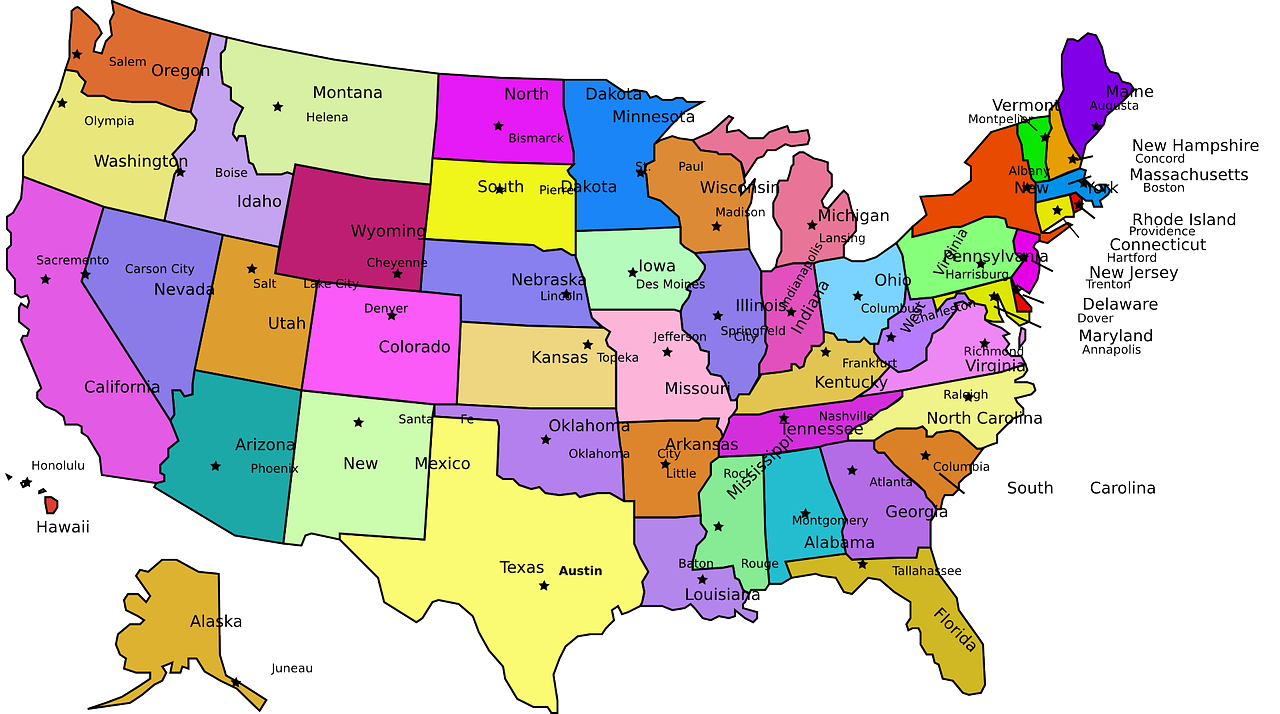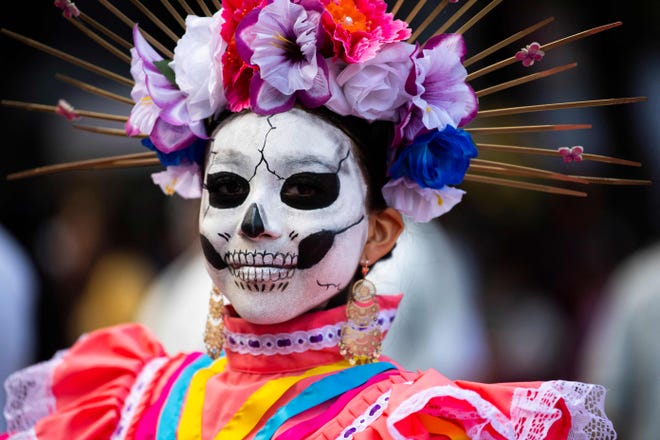The end of Halloween doesn’t mean it’s time to whip out the Thanksgiving or Christmas decorations, as Dia de los Muertos – or Day of the Dead – gives families time to honor and remember loved ones that are no longer in the “land of the living.”
Known for dazzling displays and the colorful calaveras – decorated skulls – people make or use as makeup, the holiday’s origins go back a couple of millennia in Mexico, to the time of the Aztec empire.
Aztecs had traditions of honoring the dead, believing that when someone died, their spirit went to the underworld. When the Spanish arrived and later conquered the Aztec empire in the 16th century, they brought along Christianity and Catholicism, infusing the indigenous ritual with All Saint’s Day and All Soul’s Day, which is Nov. 1 and Nov. 2.
“It emerges as kind of a hybrid of both Spanish, Christian and indigenous ideas about the living and the dead,” John Phillip Santos, senior lecturer in Mestizo cultural studies at the University of Texas at San Antonio, told USA TODAY.
What is Dia de los Muertos? An illustrated guide to the holiday
What does Dia de los Muertos honor?
Since the time of the Aztecs, the holiday has gone through transitions of how it’s celebrated and honored, but the key element is that for two days, ancestors and recently departed have the chance to visit and see the ones left behind.
“It’s a way of observing this aspect of our story that is connected to ancestral journeys,” Santos said.
It may sound spooky, but the indigenous belief is that the living world and the land of the dead, or underworld, were intermingled, Santos adds.
While Christianity and Catholicism preach there’s only a heaven and hell, there are multiple places spirits can go once they leave the living world, it just depends on how the person died, and how old they were when they died. Infants, for example, are seen as becoming guardian angels once they leave the living world. That’s why the holiday is celebrated on two days: Nov. 1 is in remembrance of the young and Nov. 2 is for adults.
The evolution of Dia de los Muertos
One of the most unique aspects of Dia de los Muertos is the ambiguity of how it evolved to what it is today, said Ramona Pérez, anthropology professor and director of the Center for Latin American Studies at San Diego State University.
In 1910, satirical cartoonist José Guadalupe Posada created La Calavera Catrina, the elegant skull, which has become one of the most iconic symbols of the holiday, with people dressing up with skull faces painted on themselves. Aztecs would make shrines honoring the deceased, which have also evolved into the ofrendas seen today.
There is no correct way to put together an ofrenda. Common items to include are decorated calaveras, cempasúchil marigold flowers, candles and pan de muerto – day of the dead bread. The distinctive element of it is putting up pictures of loved ones, some of their favorite items from when they were alive and their favorite dishes or drinks.
“Ofrendas are very much about creating a shared welcome,” Pérez said. “When you have your ancestors come back to you, you want to provide for them.”
How do people recognize Dia de los Muertos?
Families will throw parties on the two days of remembrance, and some even go to cemeteries to celebrate, cleaning and decorating graves in the process. Festivals and parades are put together in Mexico and throughout the U.S.
To outsiders, it may appear like another way to celebrate Halloween, but it’s far from that.
“We still may look strange to non-Mexican folks, all of these skulls and all of this kind of strange obsession with death,” Santos said. “People might assume that there’s something morbid about it, something morose about it, when in fact it’s maybe the most powerful expression in terms of the fiestas.”
What’s everyone talking about? Sign up for our trending newsletter to get the latest news of the day
The holiday originated in Mexico, but it’s celebrated throughout Latin America, as well as parts of Asia like the Philippines. But for those that don’t participate in the holiday, Santos said the beauty of it is it invites people to share their history and tradition. Pérez said she has seen people who don’t normally celebrate put a picture up on a public ofrenda, and they get the feelings of loss and love from recognizing someone who has passed.
It may only be a brief period to revisit ones that are no longer in the living world, but it’s enough each year to reflect on the past, and the love people have for one another.
“It’s really hard to convey just how deep this is,” Pérez said. “We still long for the opportunity to keep people who have left us, alive.
“It’s an opportunity to engage with and remember, and in some ways, continue to mourn the absence of somebody. It is a day where you once again reach out to those people that are no longer with you, and love them once again in this kind of very physical, very contemporary moment.”
Follow Jordan Mendoza on Twitter: @jordan_mendoza5.


